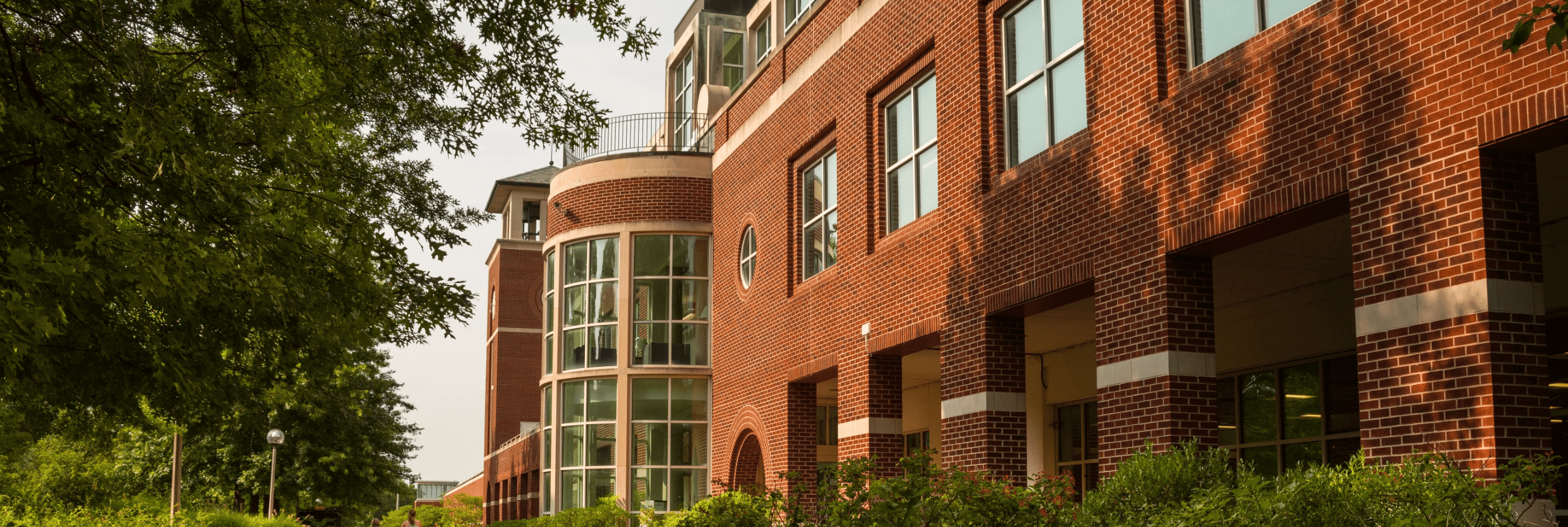Location: Pre-1970 - Microfiche Cabinets 25, Drawer 8- Cabinet 27, Drawer 3; 1970-1982 - Microfiche Cabinets 29, Drawer 1-Cabinet 30, Drawer 9; 1983+ - Microfiche Cabinets 1-4
Scope
The U.S. Congressional Committee Hearings include: senate, house and joint committee hearings; reports; and documents.
“The majority of public hearings are designed to gather information and opinions regarding proposed legislation. These hearings will usually be conducted by the committee or subcommittee to which the bills are referred after they are introduced.
The publications contain the full transcripts of the proceedings and are traditionally arranged in the order of appearance of the witnesses. Included within each publication is the record of both oral and written statements, the question asked by committee members, and the discussion which usually follows testimonies. Additional material may include the texts of reports, statistical analyses, exhibits, and other items entered into the record either by the witnesses or by committee members or staff. The testimonies of the witnesses are often extremely valuable presentations which contain opinions and interpretations of data from perspectives not available from other sources. Witnesses may be academic experts, public or private interest groups and their representatives, private individuals, technical experts, or elected officials who have either been invited to present testimony or requested to participate in the proceedings.
How to search the collection
The most comprehensive index for finding Congrssional hearings is ProQuest Congressional. It covers hearings from the first Congress in 1789 to the present. While some full-text excerpts are available for these hearings in later years, the complete transcripts are only available on microfiche.
Use the search box in this database to search for a topic area of legislation or choose Search by Number to find hearings related to a specific piece of legislation.
The year of the Congress determines where to look in the microforms room for the hearing and the information you need to locate the hearing.
For hearings prior to 1970, two resources are available:
- Use the search box to look up your topic or public law
- This will bring up a list of documents related to the legislation. Use the options in the box on the right to narrow the results just to hearings.
- Note the CIS Number of any hearing you wish to access on microfiche. Example: 80 S877-15 (a Senate hearing from the 80th Congress) or 73-H401-38 (a House hearing from the 73rd Congress).
4 Use this CIS Number to find the microfiche containing the hearing. Pre-1970 hearings are housed in Microfiche Cabinets 24, Drawer 5 – Cabinet 25.
CIS US Congressional Committee Hearing Index (Reference KF 40 C57).
There are indexes by: subject and organization; title; bill number; Superintendent of Documents Classification Numbers; and report and document numbers. The index gives you numbers which refer you to the Reference Bibliographies in the index.
- Look up your subject in the Index to Subjects and Organizations. Write down the CIS Accession Number.
- Consult the User Guide in the preliminary pages of Pt.1, Vol.1 of the Hearing Index for guidance on interpreting your CIS Accession Number. It is important to pay attention to the Group Number for your CIS Accession Number. Group I A (as described in the User Guide) can be a bit of a problem. For example, in the case of Group I A number “H200-1-A”, the “H200” is expressed on the top of the microfiche as a volume number, “Vol. 200”. The “1” is the place in all the microfiche for “Vol.200” where your document starts. The “A” is a part of your document.
- Either go to Cabinet 24, Drawer 5 – Cabinet 26, Drawer 3 to get the actual hearing or look at the Reference Bibliography in the index (listed by CIS Accession Number) to get a little bit more information about your selection.
Hearings 1970 -1983
- For this period, obtain the CIS Number for hearings through ProQuest Congressional as described above.
- Go to the Serial Set collection. This is Cabinet 29 Drawer 1 – Cabinet 30 Drawer 8. Hearings are interfiled along with other Congressional documents (prints, reports, etc.) by CIS Number.
| CIS Number Example
78 H701-1 |
The “78” is the year. “H” is for house. “70” the committee, office or special category; “1” = hearing; “1” sequential number of the publication.
Hearings 1983+
- Use ProQuest Congressionalto look up your topic.
- Hearings from this period are organized by SuDoc number rather than CIS number. Any hearing record you pull up will give you the SuDoc Number for locating the hearing.
| SuDoc Number example
Y4.Sci2: 95/19 |
Y4.Sci2 is the SuDoc stem number. Y4 always stands for a Congressional Hearing. 95/19 is the book number. (See Superintendent of Documents Classification System for details)
- Go to Microfiche Cabinet 60, Drawer 9 – Cabinet 64, Drawer 8 to find the hearing that you want.
Guides
CIS US Congressional Committee Hearing Index (Reference KF 40 C57)
CIS Annual 1970-1998 (Reference KF 49 C62)
For more information about this subject in our Library Catalog, check out these
Subject Categories:
Legislative Hearings United States
Time Period: 19th Century 20th Century 21st Century
Subject keywords: Congressional Papers, Law

